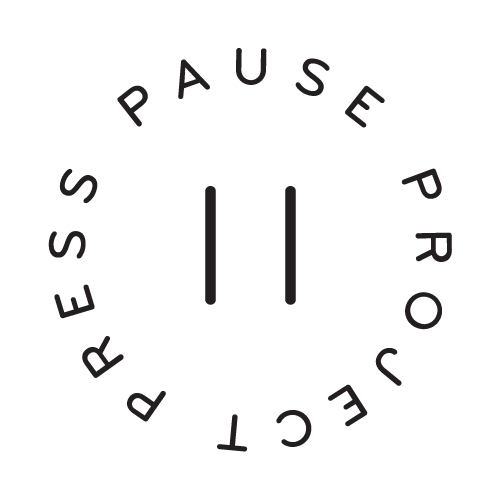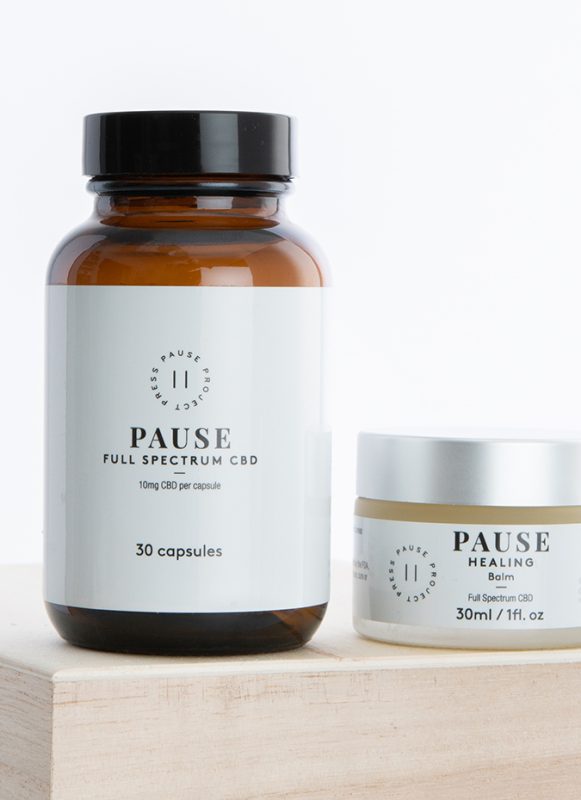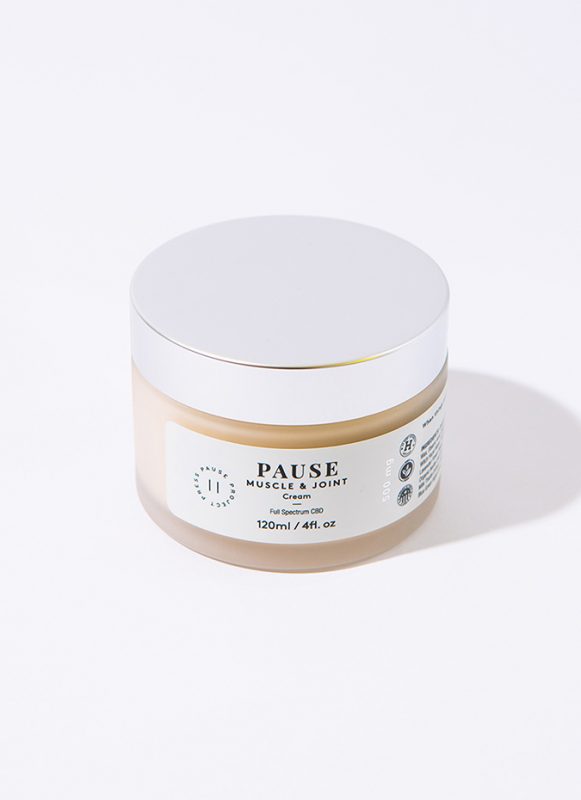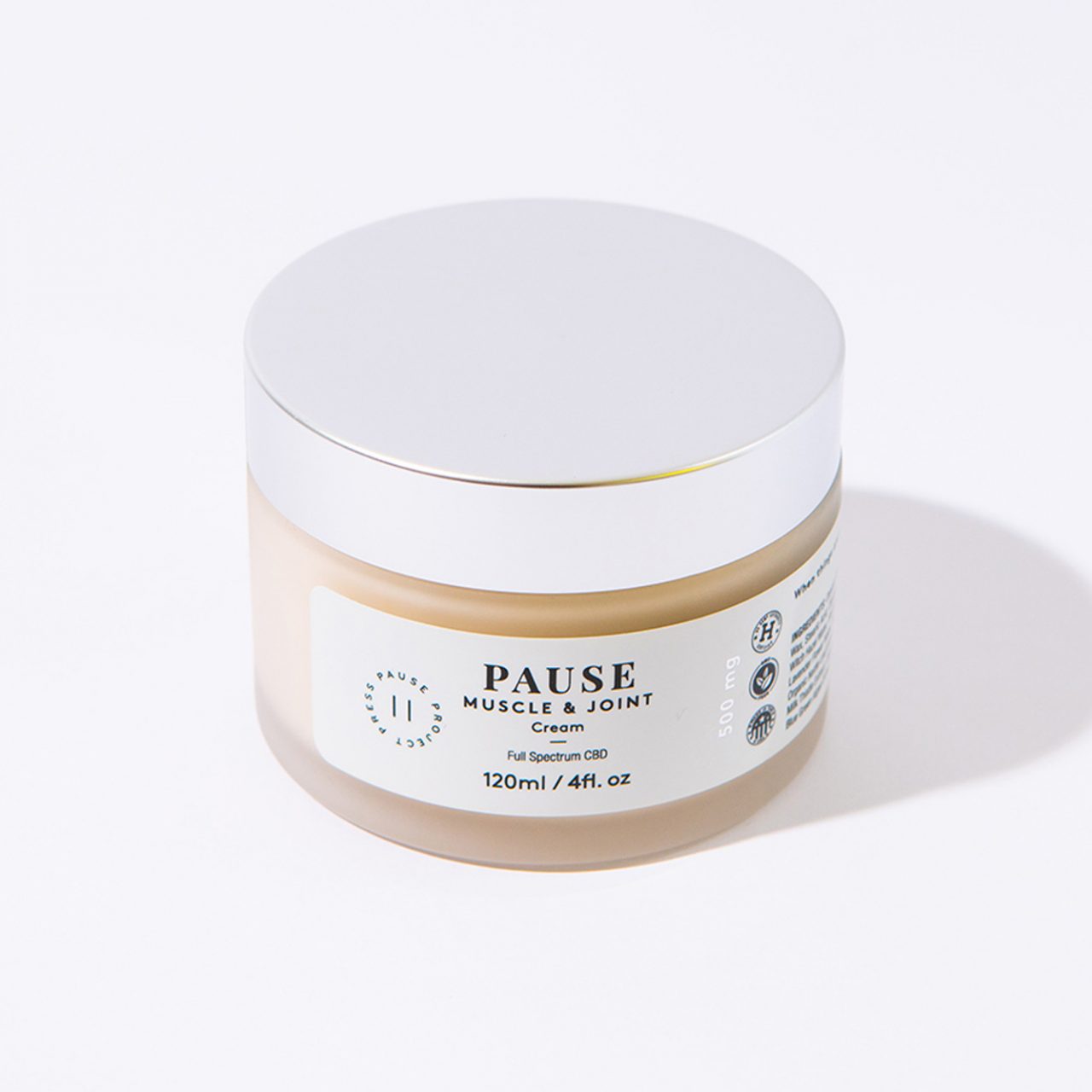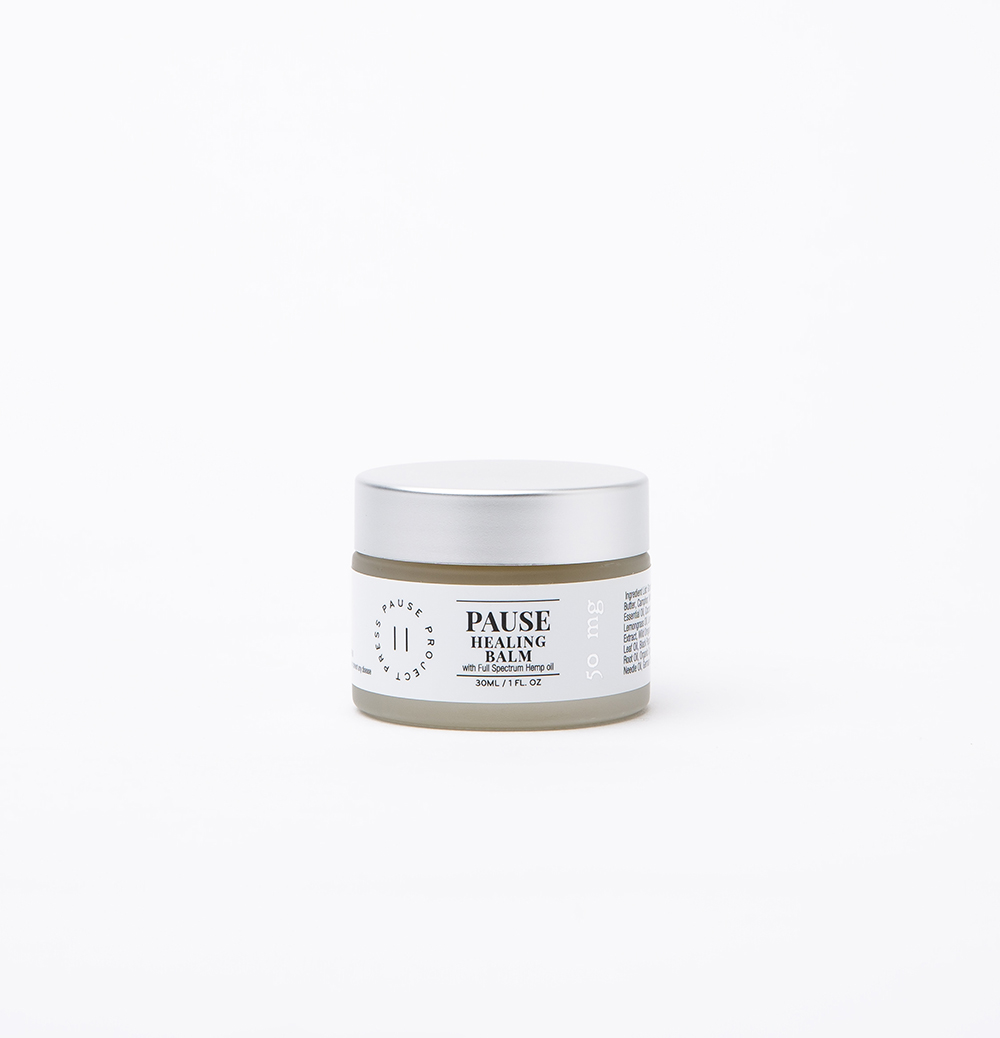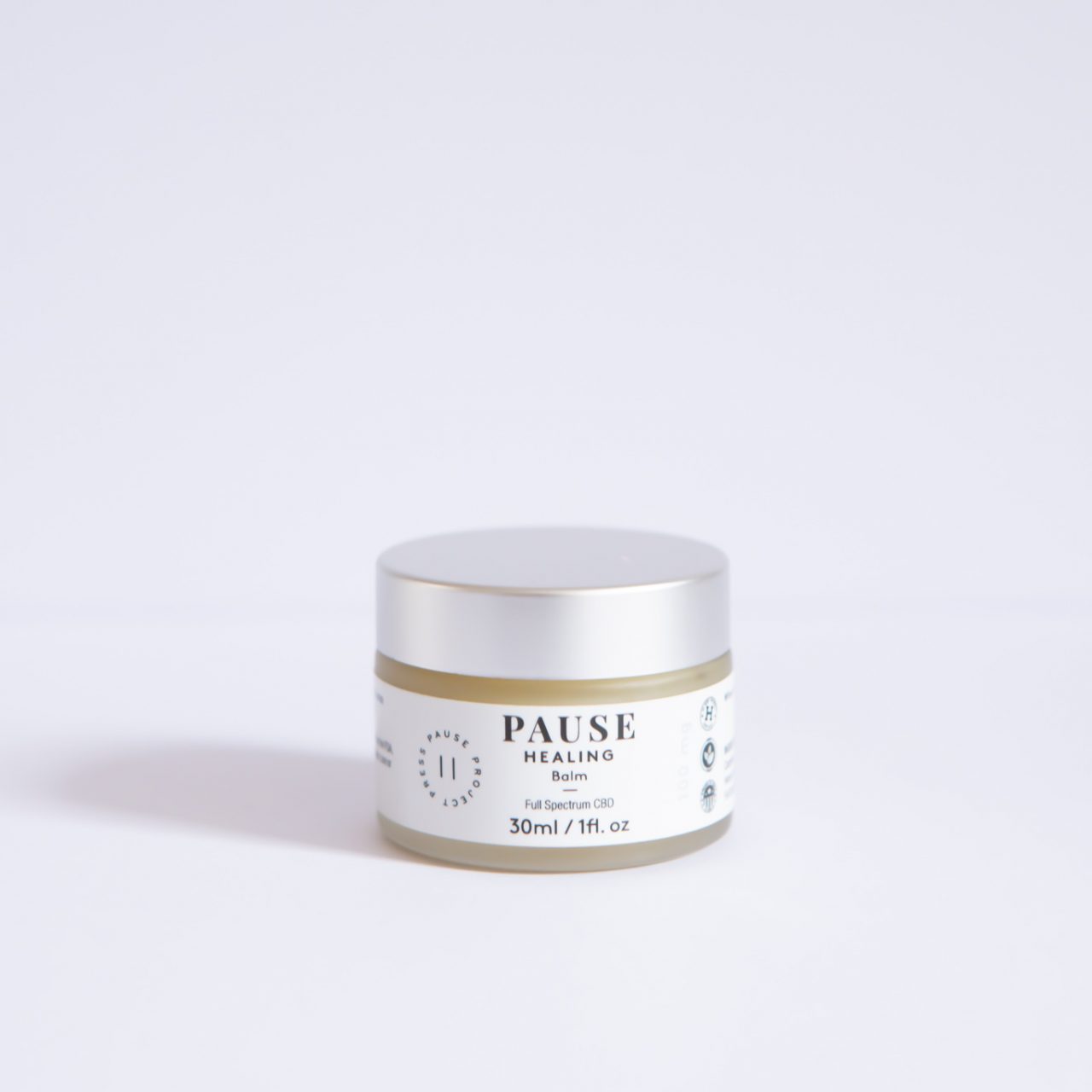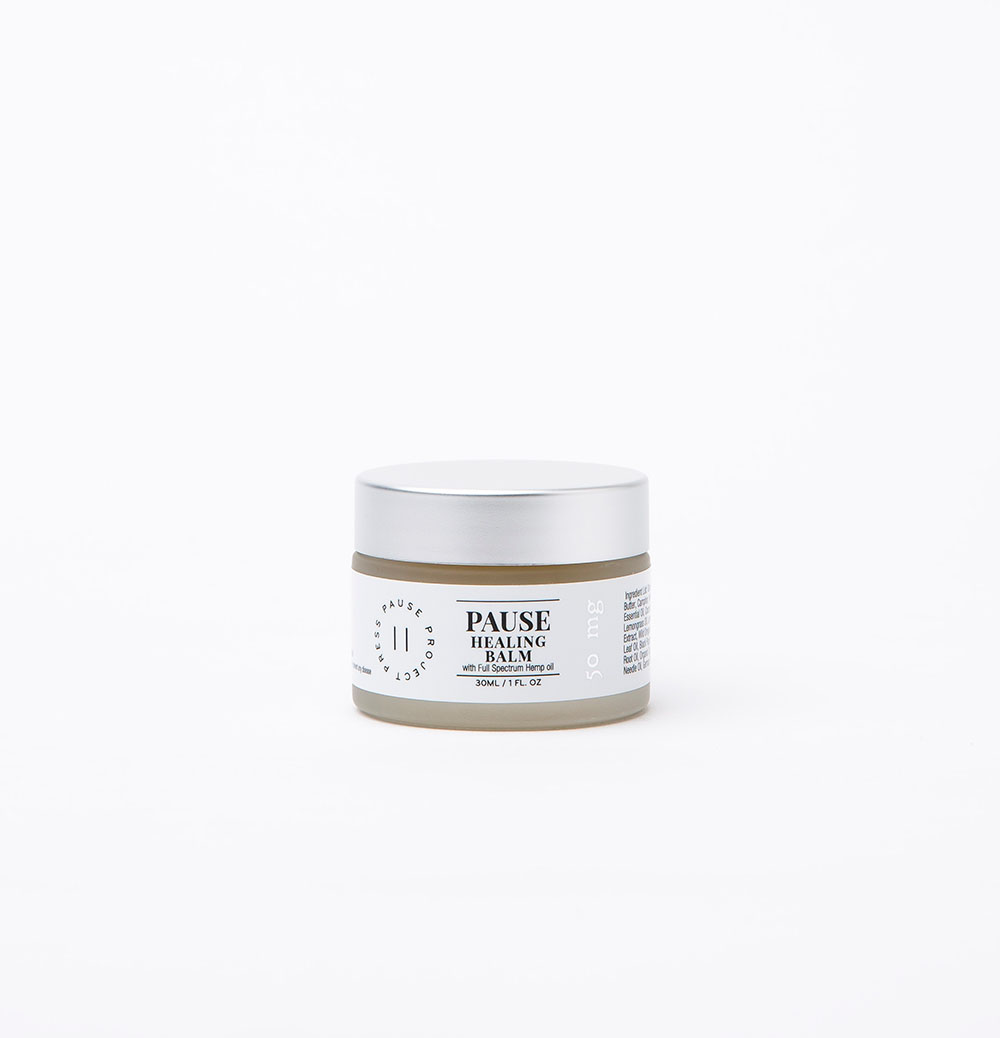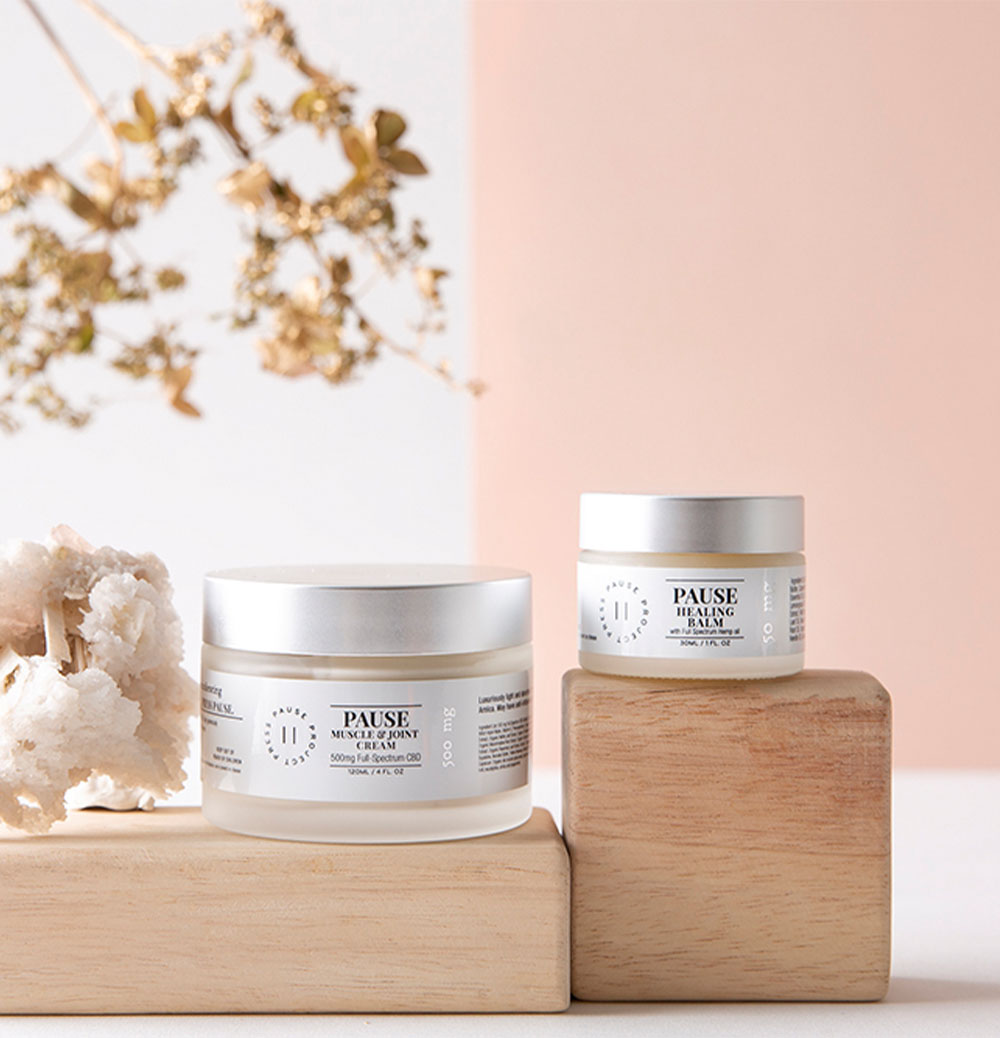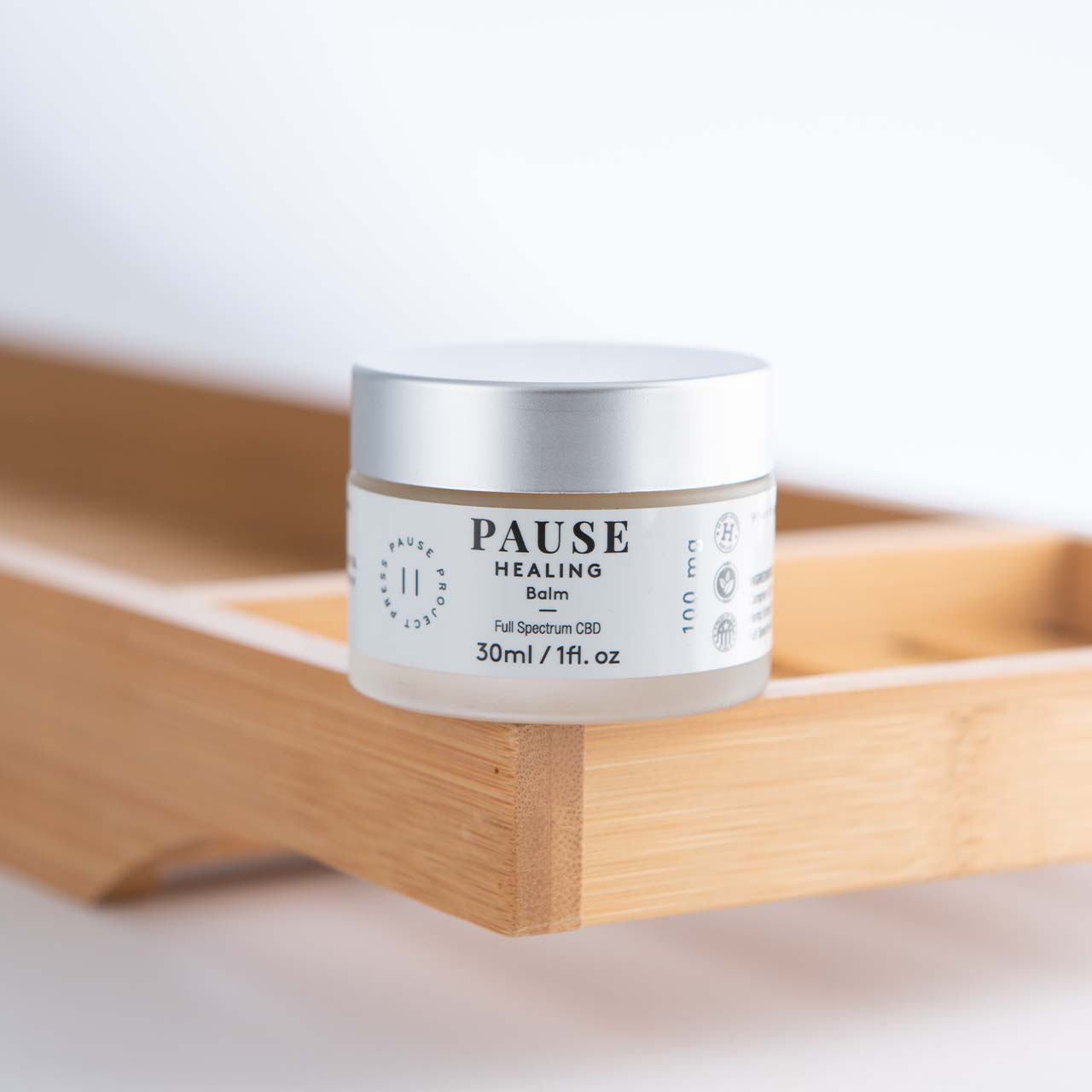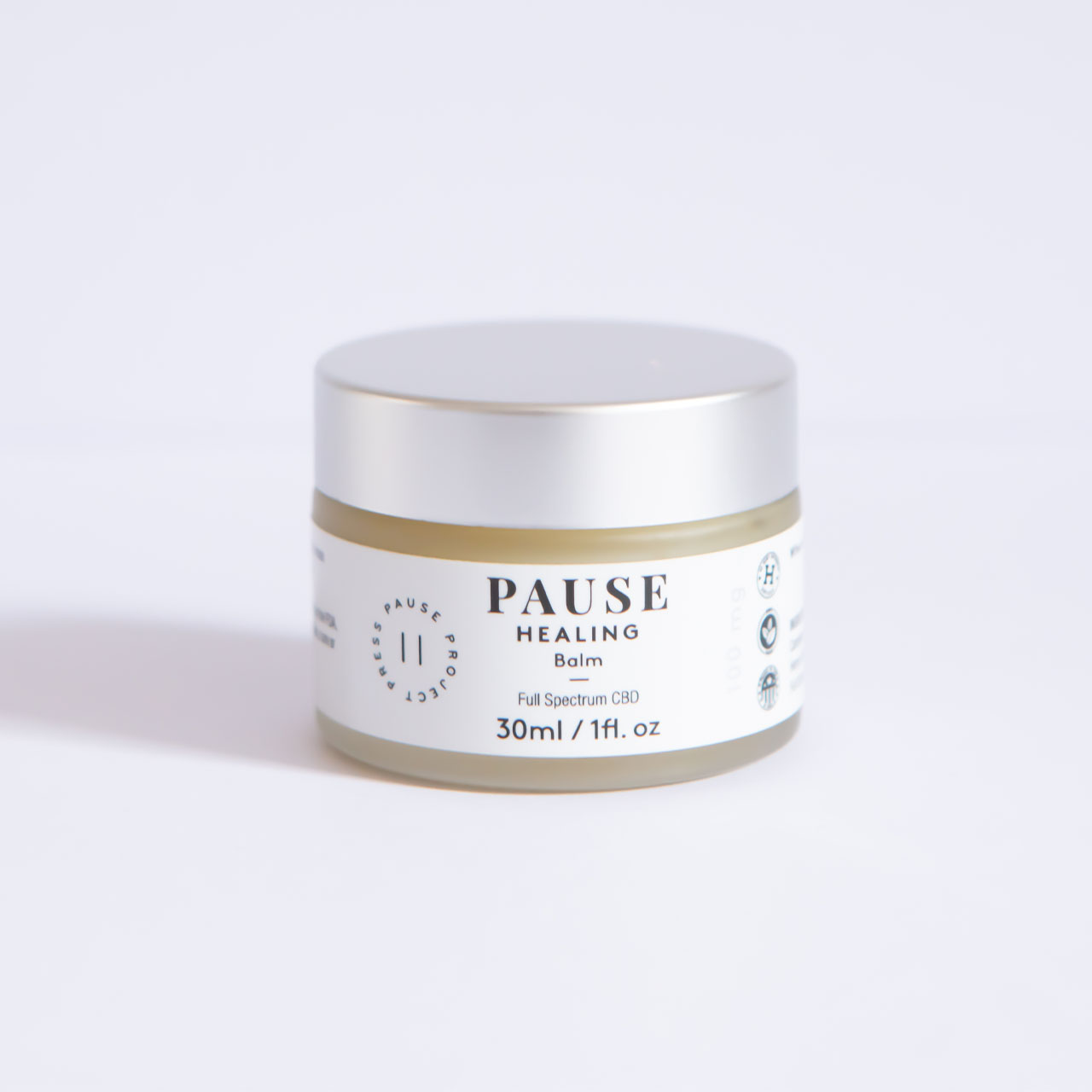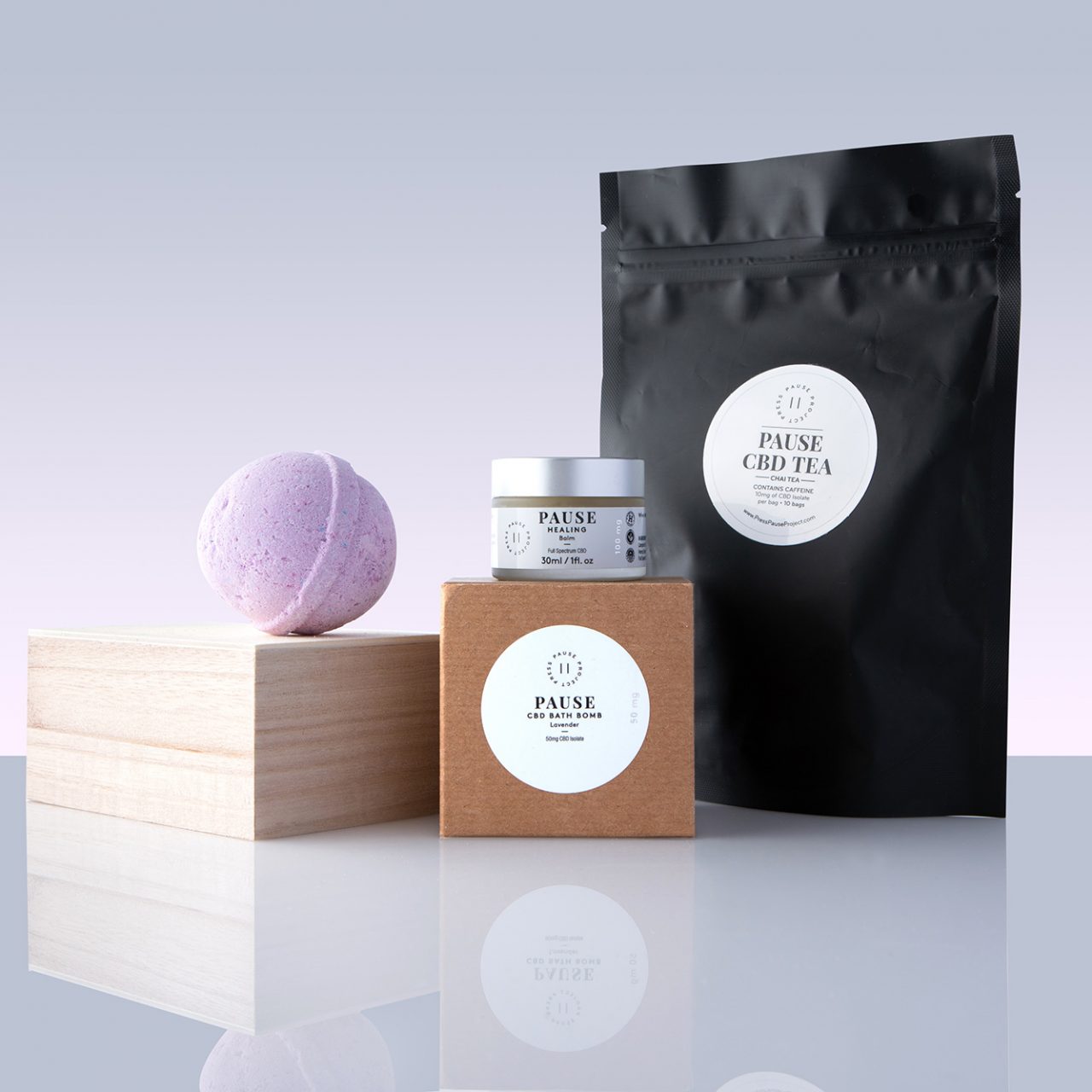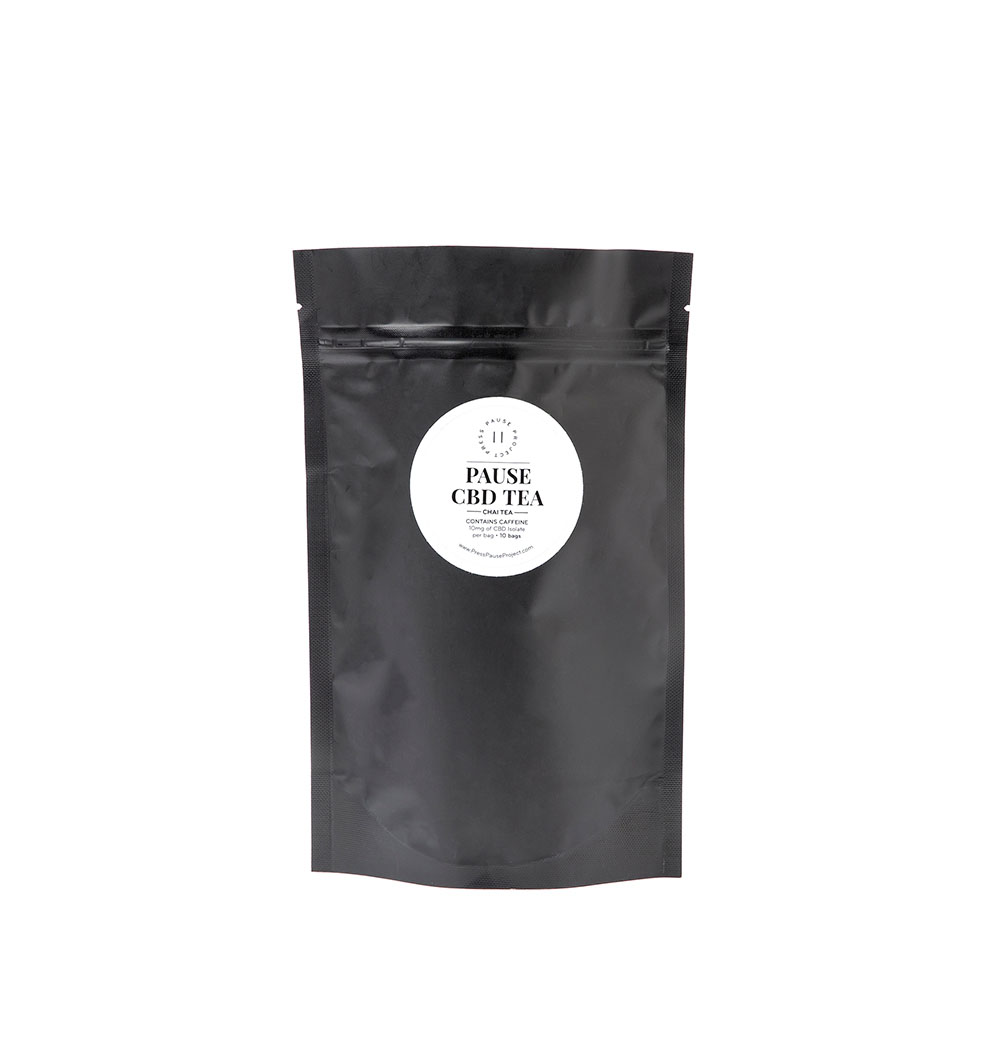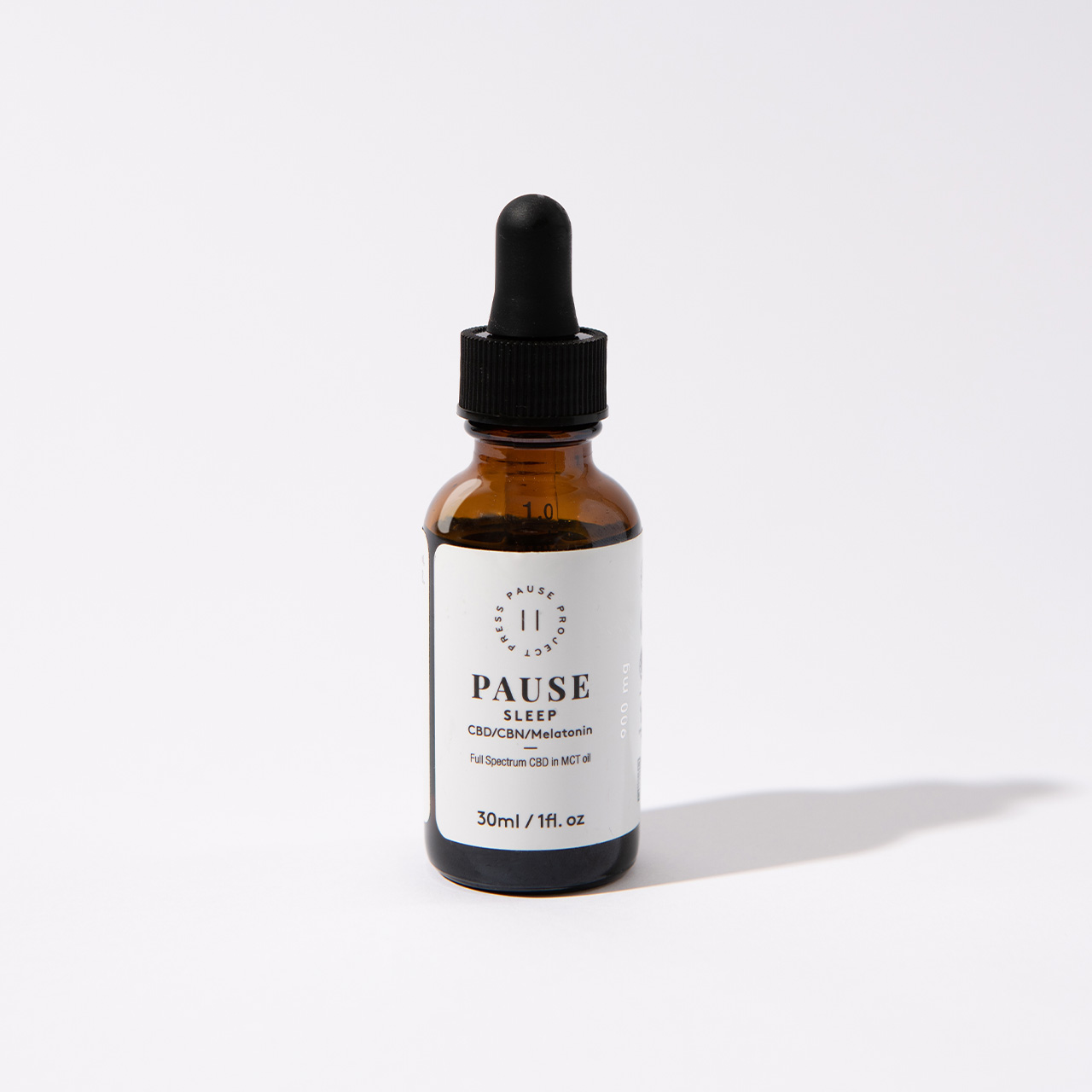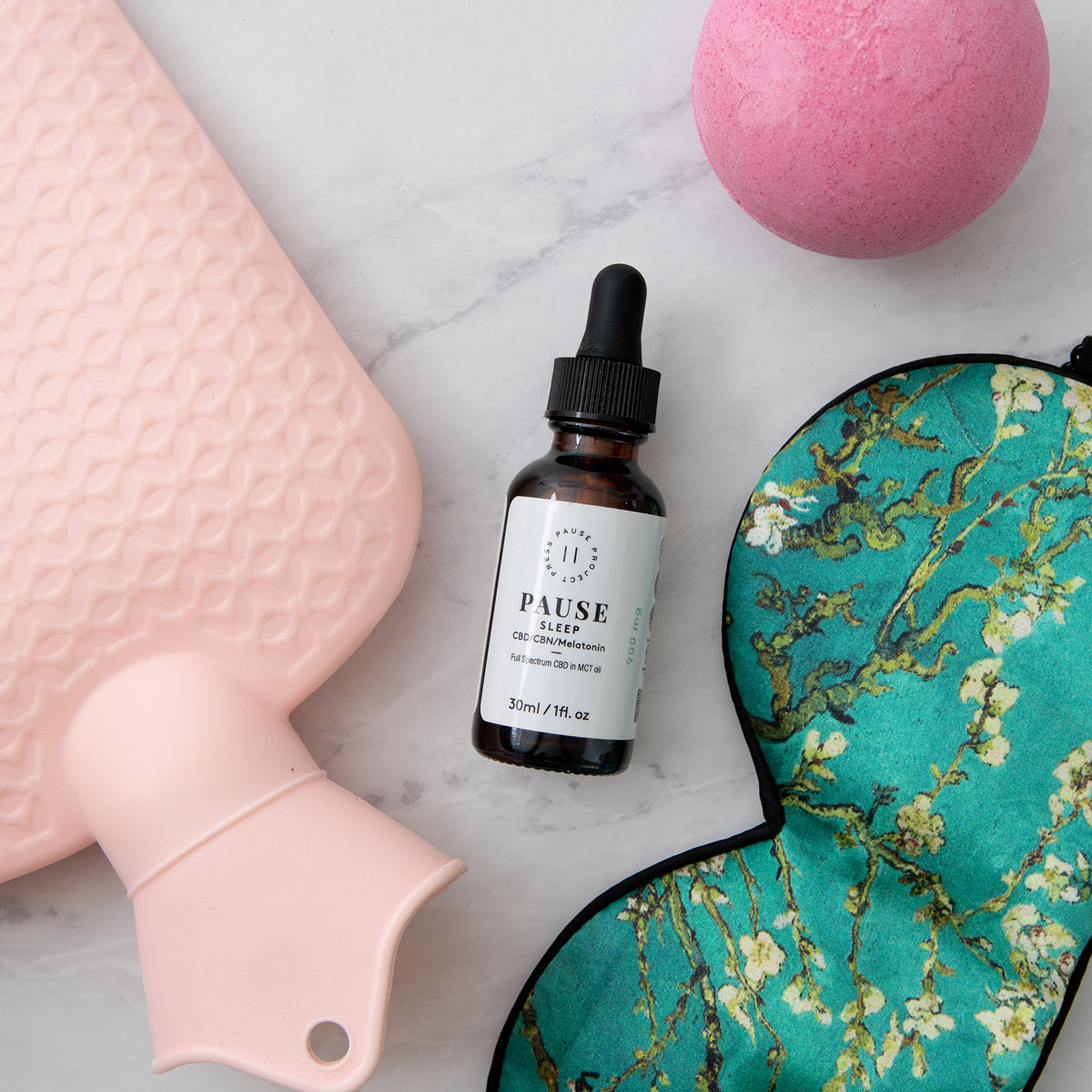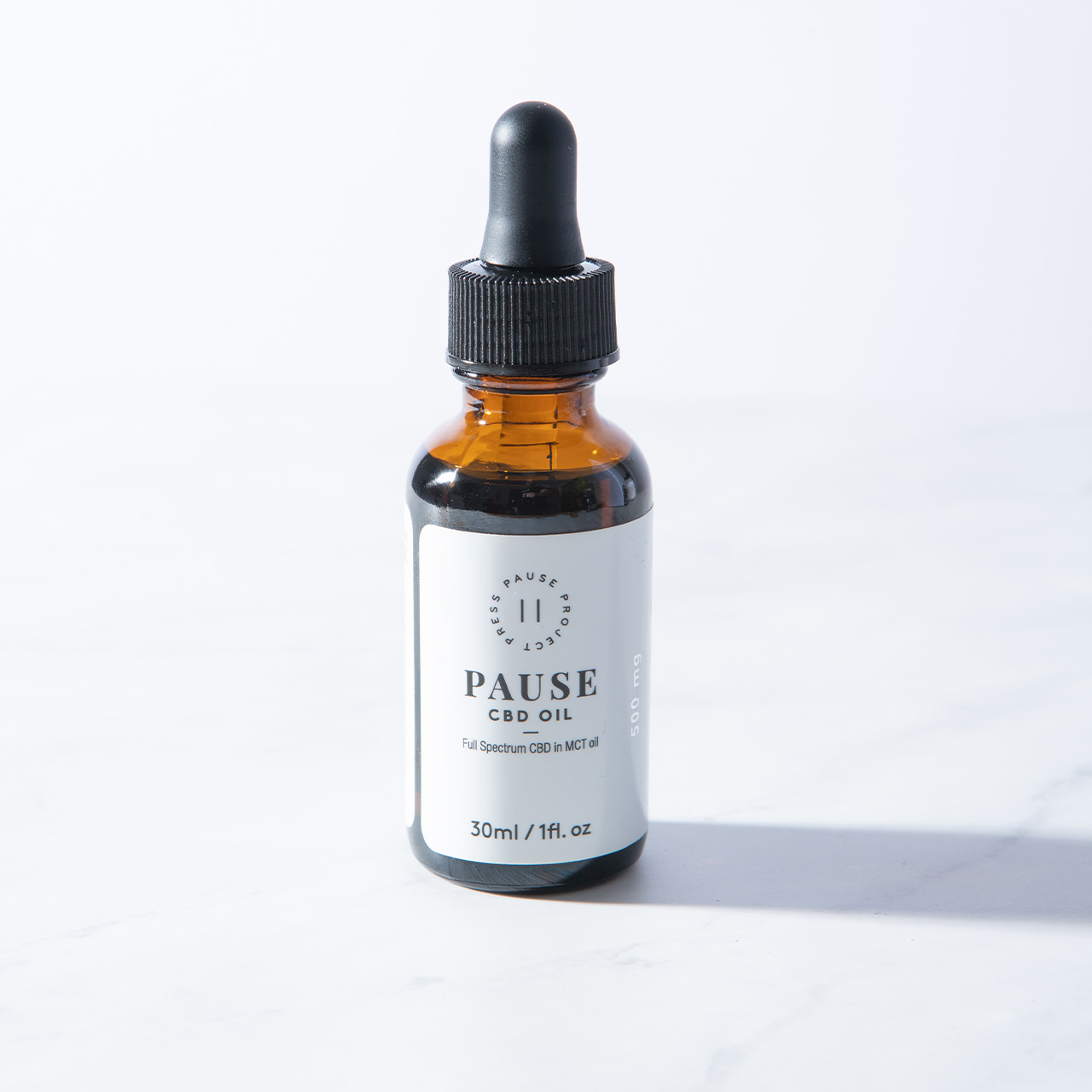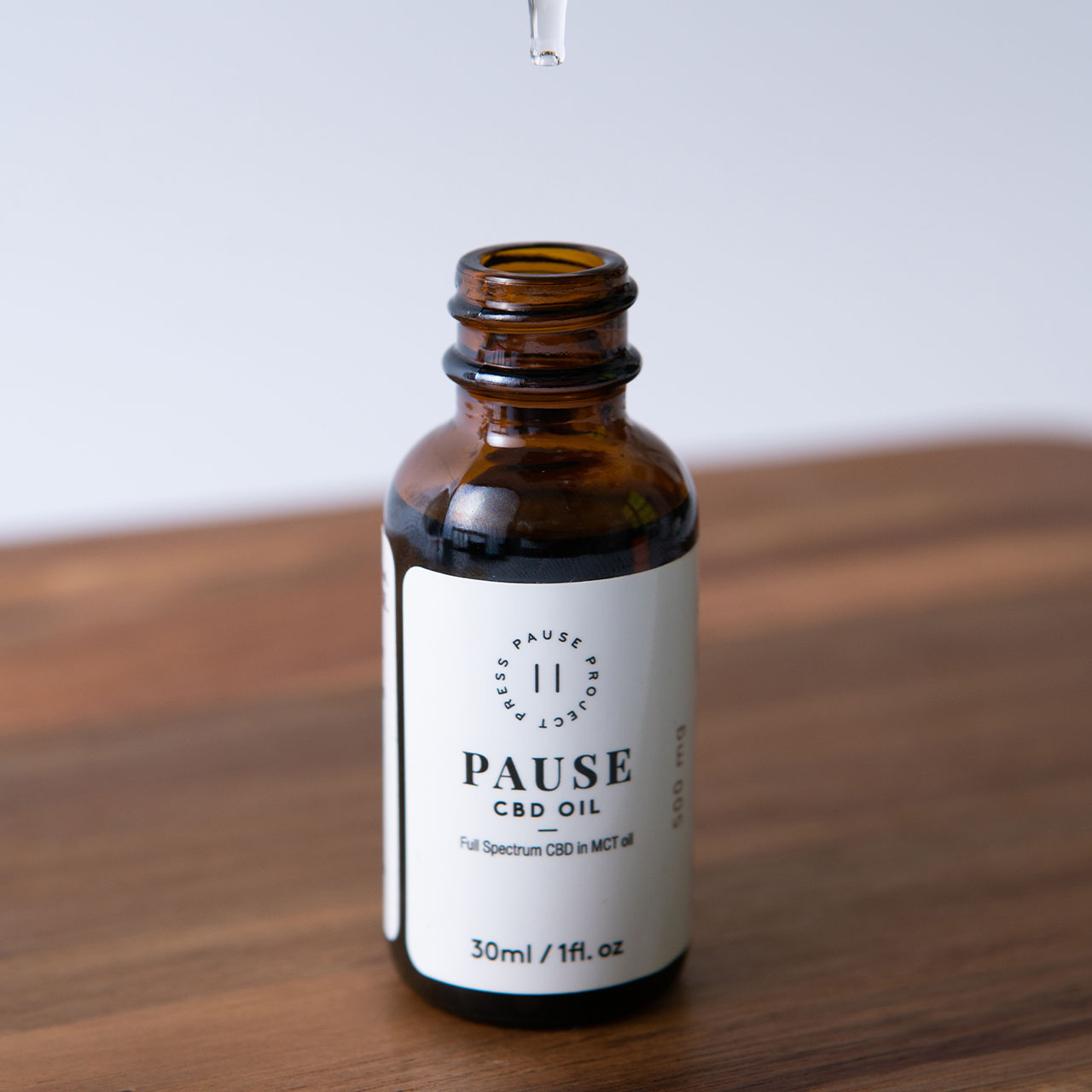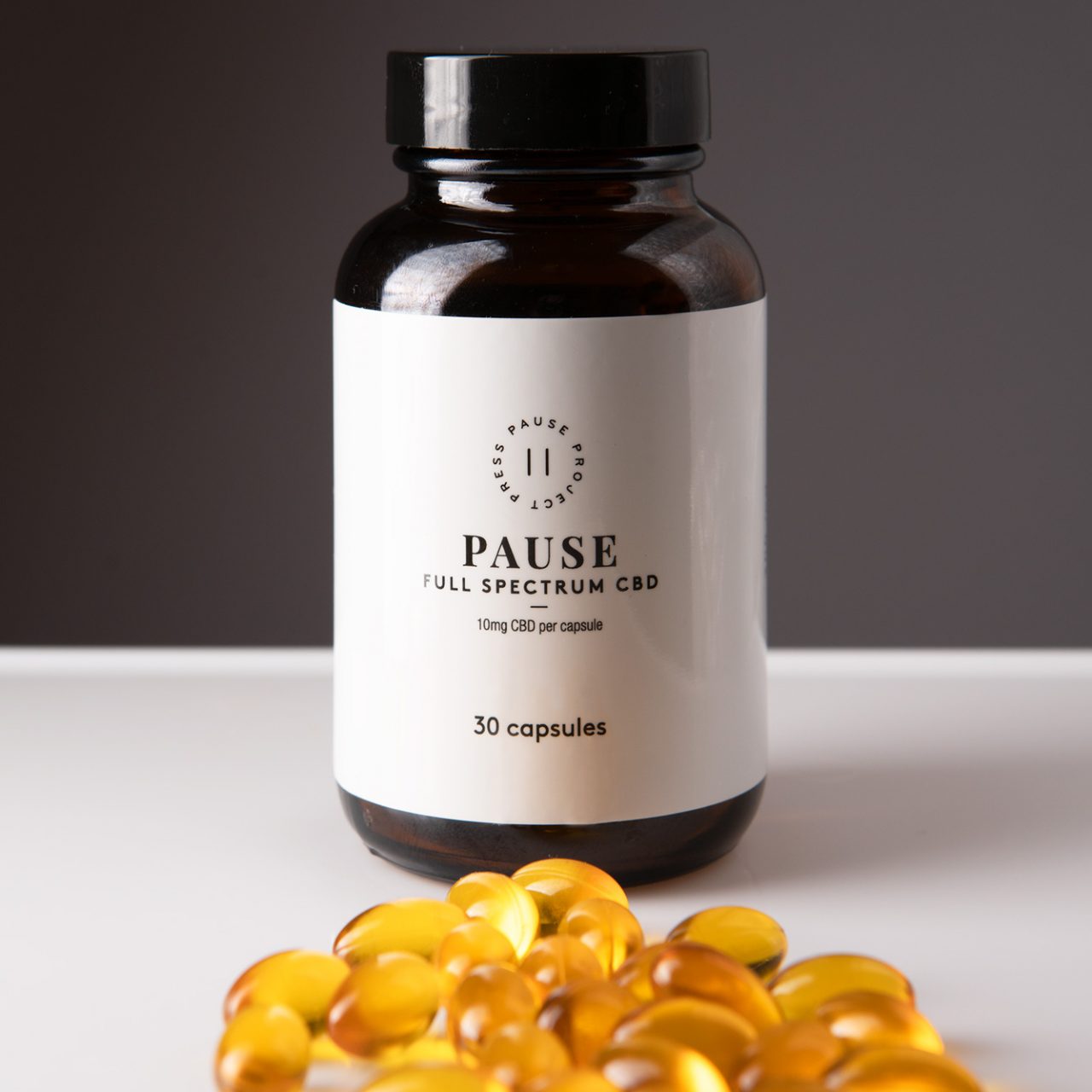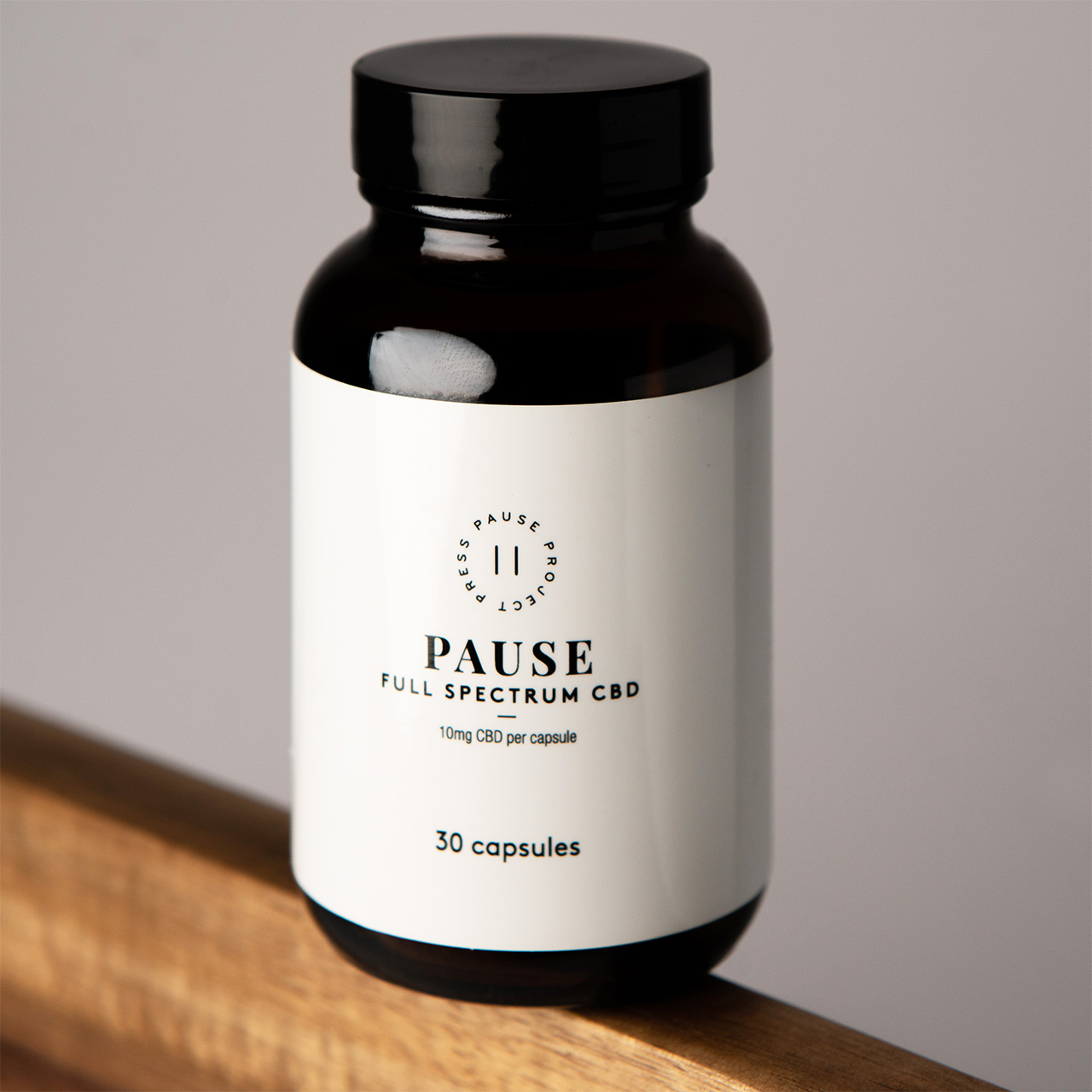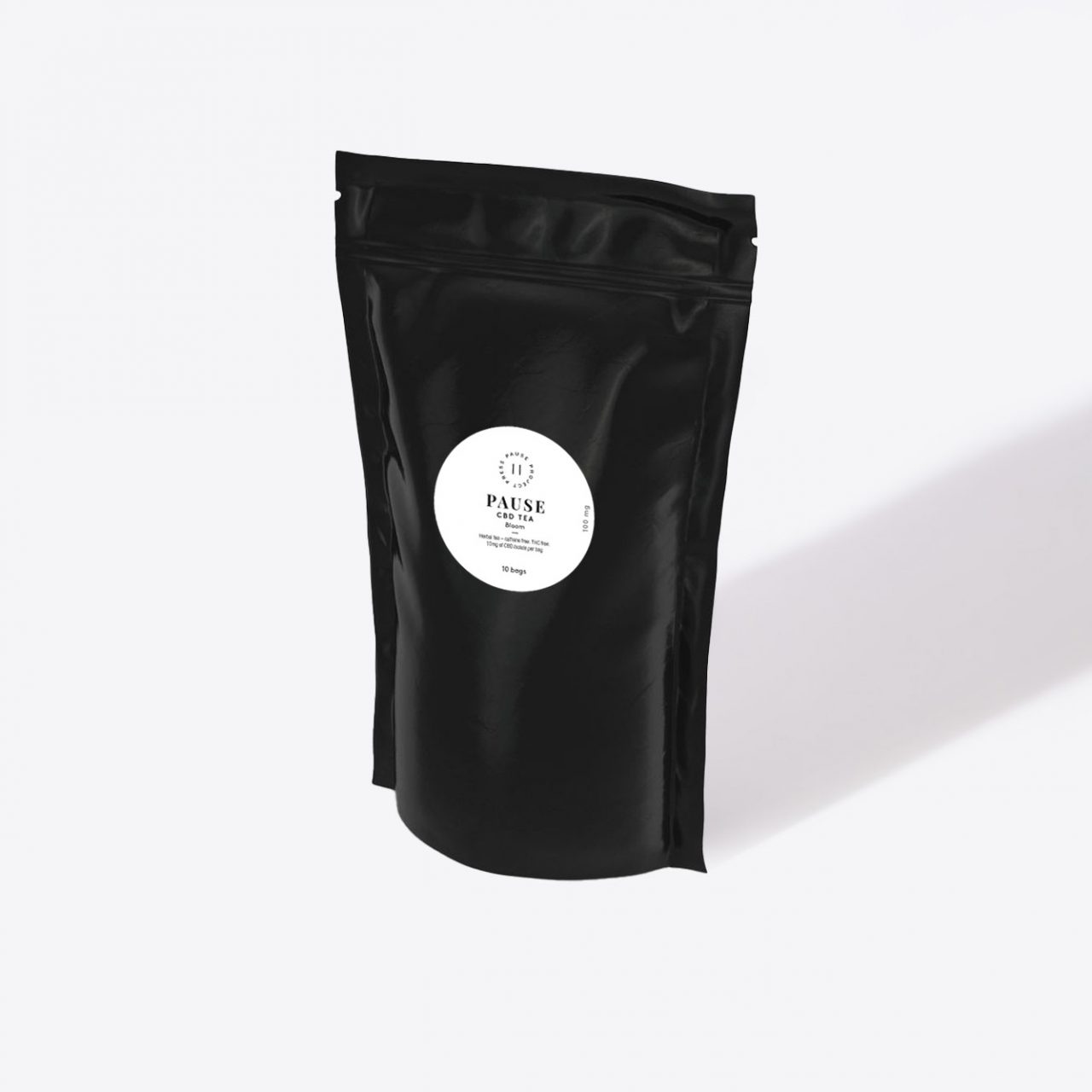The Most Common Musculoskeletal Disorders In Women
Genetics, joint stability, and hormones play a role in why musculoskeletal disorders impact women more than men. Let’s take a look at the most common conditions women experience.
Osteoarthritis
Osteoarthritis is the most common joint disorder and is characterized by worn down cartilage that leads to bones rubbing together. This results in swelling and stiffness, causing significant joint pain. Women are four times more likely to develop this condition, with the risk furthering increasing after the age of 55 and is more commonly experienced in the hands or knees. Various endocrine conditions can also increase your risk of developing osteoarthritis.
Osteoporosis
Osteoporosis is the most common bone disease where bones become fragile and more likely to break. 80% of individuals suffering from osteoporosis are women. About one in two women over the age of 50 will break a bone due to this condition. A woman’s risk of breaking a hip is actually equal to her combined risk of breast, ovarian, and uterine cancer. The symptoms of osteoporosis include changes in posture, loss of height overtime, back pain, and increased bone fractures.
Stress Fractures
Stress fractures have been shown to be more common among women than men. While the cause is unclear, researchers believe that biomechanics, hormonal environment, differences in bone density, or lower levels of general conditioning prior to training may all play a role. Stress fractures are more common in active women and athletes.
Knee Disorders
When compared to men, active women are more likely to experience patellofemoral pain and disruptions of the ACL. Researchers believe that this may be because of physiological and anatomical differences between women and men.
Bursitis
Bursitis is characterized by swelling and irritation of a bursa, a fluid-filled sac that provides cushioning between muscles, joints, and tendons. It is usually a temporary condition but can limit motion and cause discomfort. Hip bursitis is more common in women and is often the result of overuse, arthritis, injury, spinal abnormalities, or surgery.
Rheumatoid Arthritis
Rheumatoid arthritis is a chronic, autoimmune disease that causes inflammation among the joints and surrounding tissue. Over time, the significant inflammation may actually damage the joint tissue and impact mobility. It is more common among women and typically begins between the ages of 40 and 60.
Gout
While gout was once thought of as more of a common condition among men, it has become more prevalent among women in the last 20 years with numbers more than doubling. This inflammatory form of arthritis causes joint swelling and severe pain at the base of the toe. Gout develops when significant levels of uric acid build up in the blood, creating needle-shaped crystals within the joints and leading to pain, redness, and swelling. Estrogen protects against uric acid– when menopause occurs, estrogen levels drop and uric acid levels begin to rise.
How to Help Prevent Joint Pain and Conditions
While many of these conditions develop due to age, there are preventative measures you can take in order to optimize the health and wellness of your joints and musculoskeletal system.
- Maintain a healthy weight: Obesity is a large risk factor for joint conditions as well as other undesirable health conditions. The more excess weight you have to carry, the more stress is placed on your joints and musculoskeletal system.
- Stay physically active: Staying active is important for maintaining mobility among joints. Low-impact exercise is also ideal with older age, especially with those already struggling with these conditions. Learn more about the benefits of exercise here.
- Strengthen your muscles: The earlier you start strengthening your muscles that surround your joints, the more it’ll pay off during your older years. This will help protect and reduce the amount of stress placed on your joints. Work with a physical therapist, personal trainer, or find free resources online for developing a strength routine.
- Prioritize a healthy diet: Make sure you’re getting a balanced, healthy diet that’s nutrient rich and includes calcium and vitamin D. This is particularly important for women undergoing menopause as calcium and mineral levels decrease. Additional supplementation may also be a viable option– make sure to discuss this with your healthcare provider.
- Instill healthy lifestyle habits: Not smoking and limiting alcohol can also help limit some of the risk factors that develop musculoskeletal conditions.
Pharmaceutical Options Available for Musculoskeletal Conditions
Current pharmaceutical options for these types of age-related conditions include NSAIDs, prescription pain medication, steroids, DMARDs, hyaluronan injections, and chemotherapy drugs. The long-term use of NSAIDs causes adverse side effects while increasing the risk gastrointestinal bleeding, ulcers, strokes, heart attacks, and heart conditions. The other prescription medications available have their own laundry list of undesirable side effects which are often exacerbated when taken with other medication.
How Can CBD Help Women With Joint and Bone Disorders?
While there still needs to be considerable research completed before we can make any definitive conclusions, the existing preclinical and anecdotal data is overwhelmingly positive. Endocannabinoids play an important role in the process of bone metabolism. Studies have shown that CBD may block an enzyme that destroys bone-building compounds in the body, helping reduce the risk of age-related bone diseases like osteoarthritis and osteoporosis. CBD may also promote new bone-cell formation, which speeds up the recovery process for fracture healing rates.
More and more studies are being conducted on CBD’s therapeutic promise for arthritic conditions ranging from rheumatoid arthritis to gout. The encouraging pain-relieving and anti-inflammatory properties may offer comprehensive symptoms management for a wide variety of joint disorders, offering a natural treatment option.
Addressing the Major Risk Factors of Joint Disorders With CBD
One of the major risk factors of joint disorders are obesity and diabetes. CBD may reduce the risk of diabetes and obesity when combined with other healthy lifestyle habits. One study found that CBD may help the body convert white fat into weight-reducing brown fat, which promotes normal insulin production and sugar metabolism. Previous joint injuries can also increase the risk of developing arthritis in that joint. CBD may offer therapeutic promise for joint injuries, helping optimize recovery and potentially reduce this risk.
How to Use CBD for Joint and Muscle Health
All cannabinoid therapy varies from person to person and is also true in terms of joint and muscle health. The results and effectiveness highly vary on the person, the administration method, product cannabinoid profile, timing, and dosage. For musculoskeletal health, it’s recommended to take CBD consistently for potential preventative and overall wellness benefits. We also recommend taking CBD as-needed to help prevent obesity which is a significant risk factor for women and joint conditions. Remember, you should never solely rely on CBD for improving your musculoskeletal health– it should be one of many self-care management tools you utilize in addition to healthy diet, exercise, and lifestyle habits.
We recommend self-experimenting with dosage and timing to find what works best for you. When it comes to understanding the effects of any new supplementation, it’s also wise to keep a journal where you track your dosage, timing, and any risk factors you have. This can give you a clear set of data points for creating the proper CBD regimen for heart health, stress, and other contributing factors, allowing you to better understand how it affects you.
If you are taking any medication for existing joint disorders, it’s vital to speak to your doctor before trying CBD since it can cause drug interactions.
Tip: Try applying our Pause Muscle & Joint Cream to inflamed joints and achy muscles.
Press Pause CBD for Musculoskeletal Health
As women, we understand the complicated nuances of our body chemistry and how it impacts our search for optimizing our musculoskeletal health in old age. That’s why we’ve handcrafted our high-quality CBD products just for you. We’re always happy to help you find the right products for improving your joint, bone, and muscle health while addressing the major risk factors. Please contact us for more information!
Featured CBD Products for Joint, Bone, and Muscle Health
Rated 5.00 out of 5
$129.99
Rated 5.00 out of 5
$105.99
Rated 5.00 out of 5
$89.99
Rated 5.00 out of 5
$64.99
Rated 5.00 out of 5
$54.99
Rated 5.00 out of 5
$29.99
